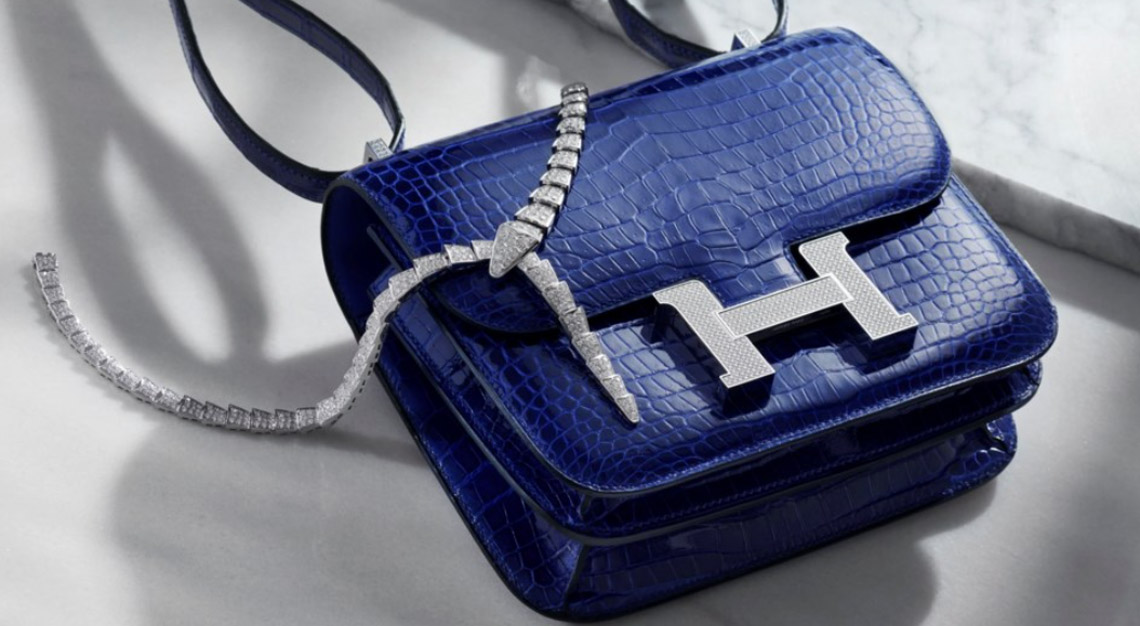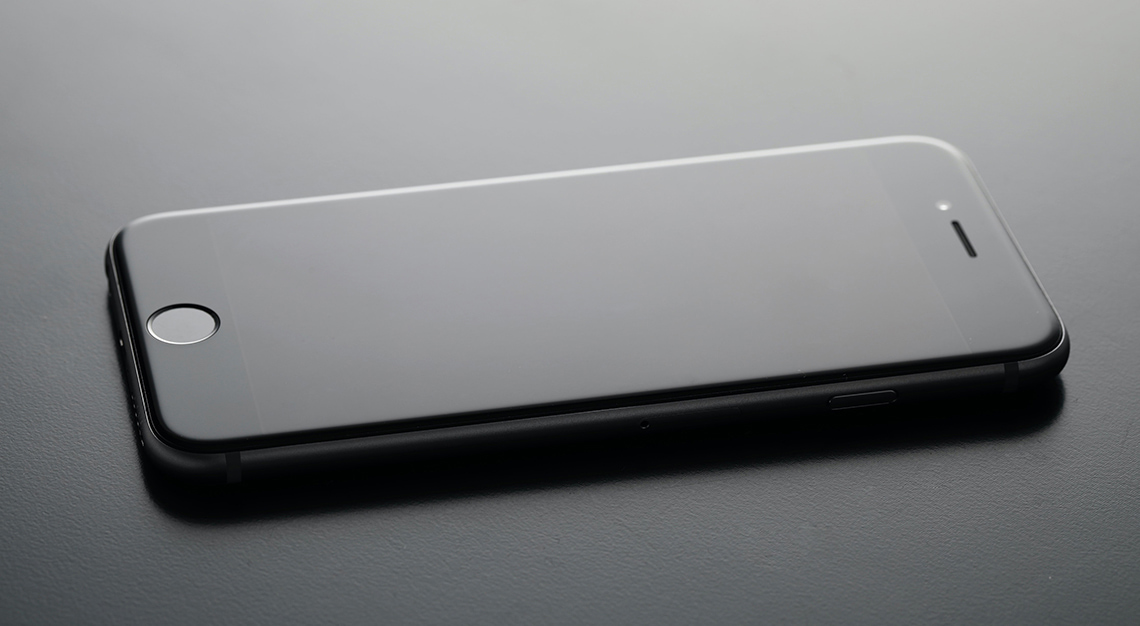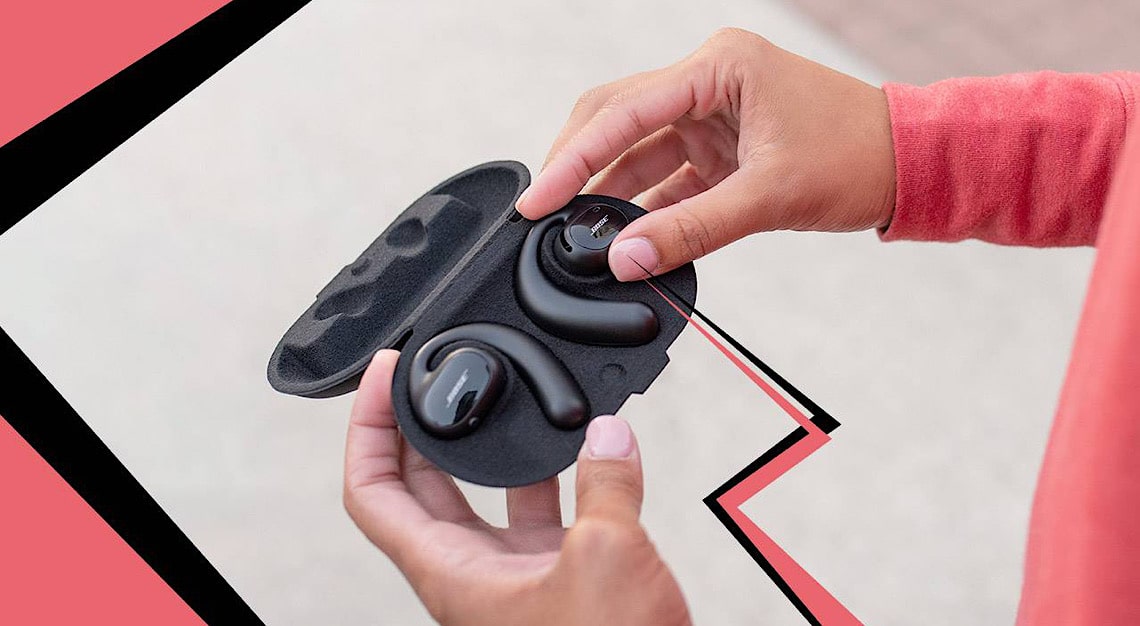Luxury brands are making video games cool – or is it the other way around?
Video games are officially cool. Why wouldn’t they be? No longer perceived as the domain of sweaty nerds and basement dwellers, the new face of video gaming looks a little more polished and affluent. That is, if the legion of professional, multimillionaire e-sport players is anything to go by.
And luxury brands are taking note. In recent times, big name brands have been moving into the virtual world, bringing their sartorial styles with them. The smash hit Animal Crossing: New Horizons has been a particularly large magnet for brand collaborations. Valentino, Marc Jacobs and cult-fave Sandy Liang have released in-game clothes for any of the game’s 13 million players to wear – free of charge.
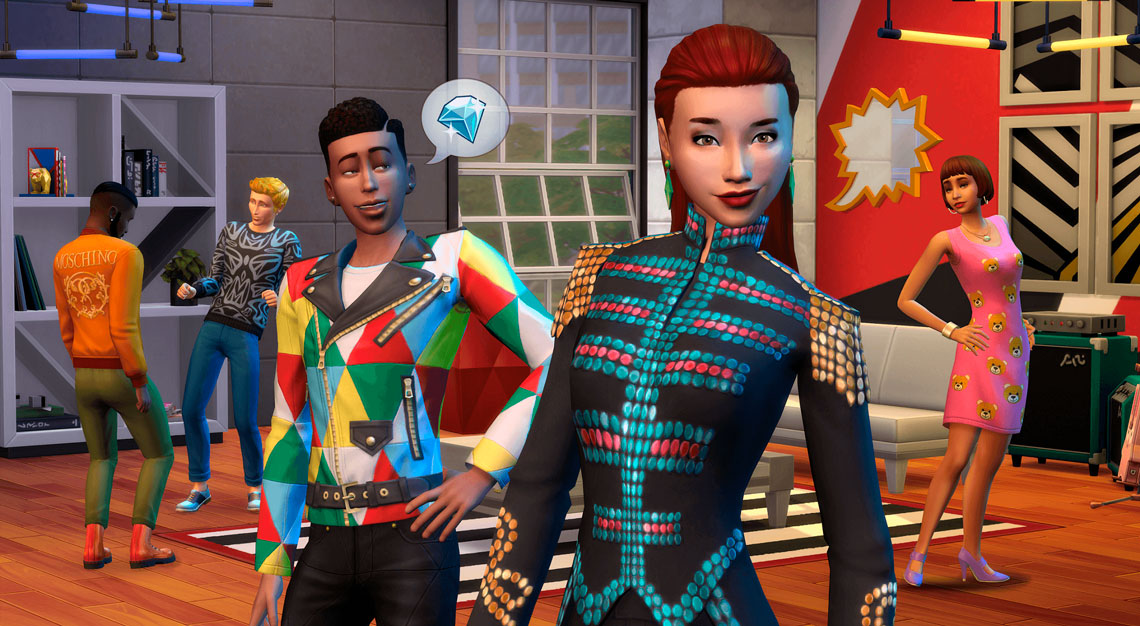
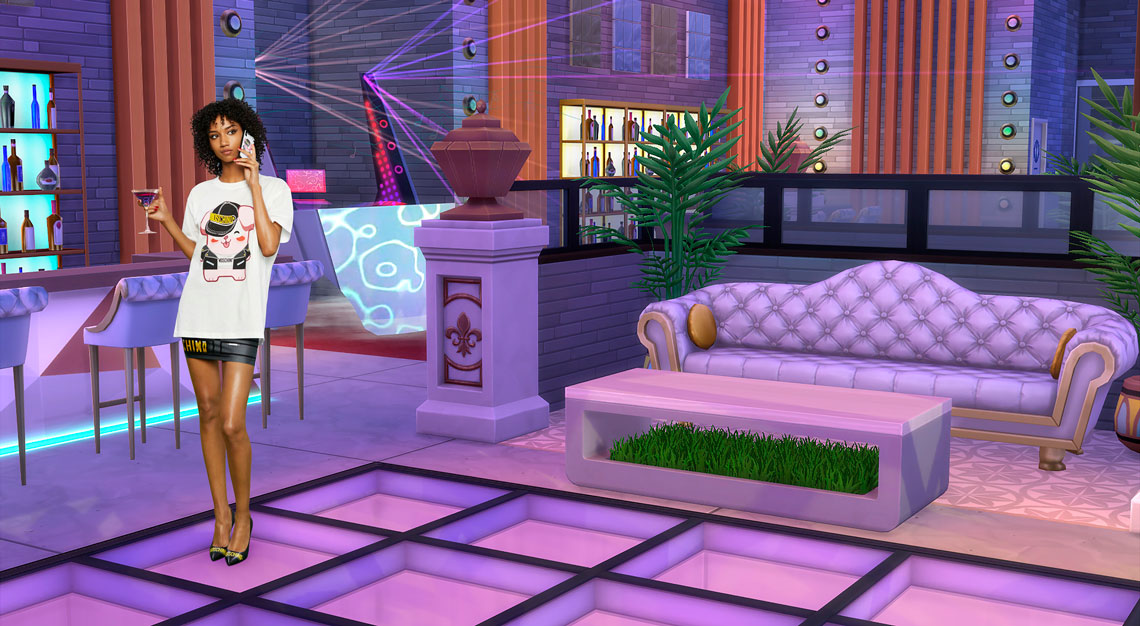
Jeremy Scott brought his retro-inspired looks to the offbeat world of The Sims last April, making use of the game’s emblematic plumbob logo on graphic one-piece swimsuits and Instagrammable umbrellas.
It’s not just the big name PC games that are getting the royalty treatment either. Most recently, Gucci partnered with free-to-play mobile game Tennis Clash to bring emblazoned rackets and tracksuits to players’ digital avatars for a price.
But none were as over-the-top as Louis Vuitton when it released an entire capsule collection (both in the real world and the virtual) with League of Legends; in-game hero Qiyana, assassin and Empress of the Elements, even got her own prestige skin designed by Nicolas Ghesquière, replete with Star Trail boots and a Dauphine bag to match.
Luxury brands are right to be interested. Analytics company GlobalData estimates that video games will be an industry worth US$300 billion (S$400 billion) by 2025. That means an admirable compound annual growth rate of 13 per cent, far outstripping that of the luxury industry, which market intelligence platform ReportLinker predicts to be just under three per cent. That slowdown might be partly due to the changing face of the luxury consumer. Millennials are replacing baby boomers and they are bringing with them a different perception of what luxury means.
“In a few years, millennial consumers will become the largest generation in the luxury market,” says professor Charlene Chen of Nanyang Business School, who specialises in consumer marketing – more specifically, she understands why people end up buying what they do.
“Millennial consumers focus a lot on the experiential elements of consumption and they desire to interact with the brand beyond simple buyer-seller interactions,” she continues. “I see these brand collaborations with various video games as a means by which they are trying to stay relevant to the millennials.”
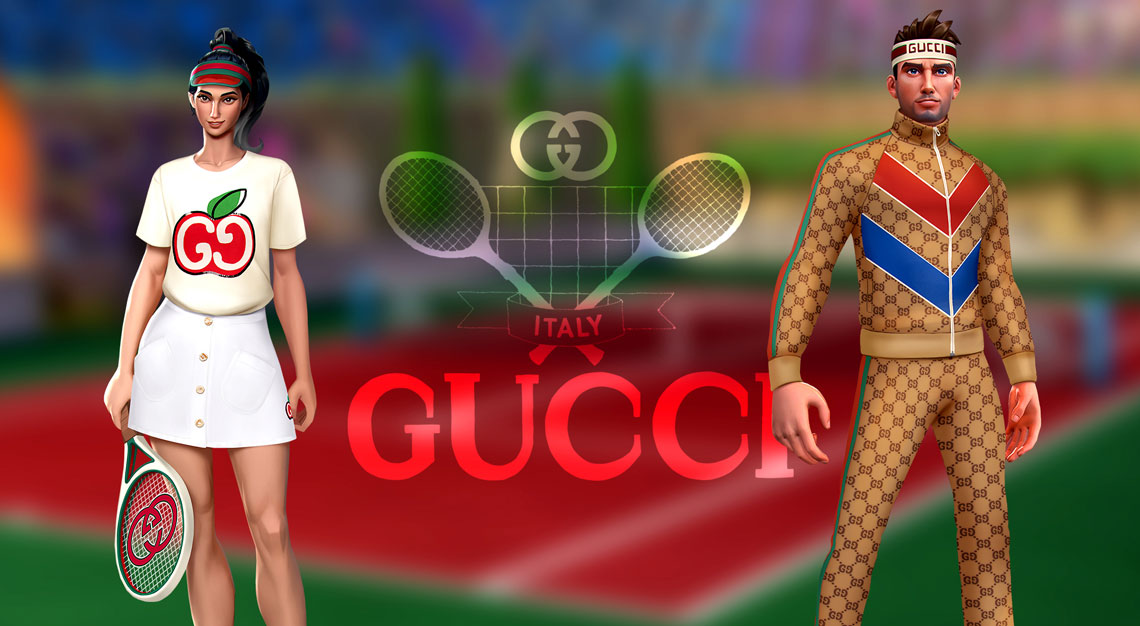

Asia in particular, adds Chen, is a huge market for both luxury goods and video games, allowing brands to reach out to a big segment of new, potential customers – something that many brands still struggle with.
“There’s a huge variance among heritage luxury brands when it comes to popularity amongst millennials – those that are fading in popularity have not made themselves relevant to millennials,” says Chen.
“At the end of the day, it’s about knowing what millennials care about,” she adds. “Your clothing can still be classic, and some millennials will definitely appreciate that, but you need to meet them on their home ground – the digital sphere.”
So how did video games become cooler than a big brand name that’s been around for nearly a century? Professor Roberto Dillon thinks he knows the answer. Dillon is the academic head of science and technology at James Cook University – but he’s also an indie developer and a lifelong gamer.
In the last decade, he says, video games have skyrocketed into the mainstream because of the cultural juggernauts they have spawned. “You have these big science fiction movies that show how cool the world could be and video games play a big part in these films,” he says.
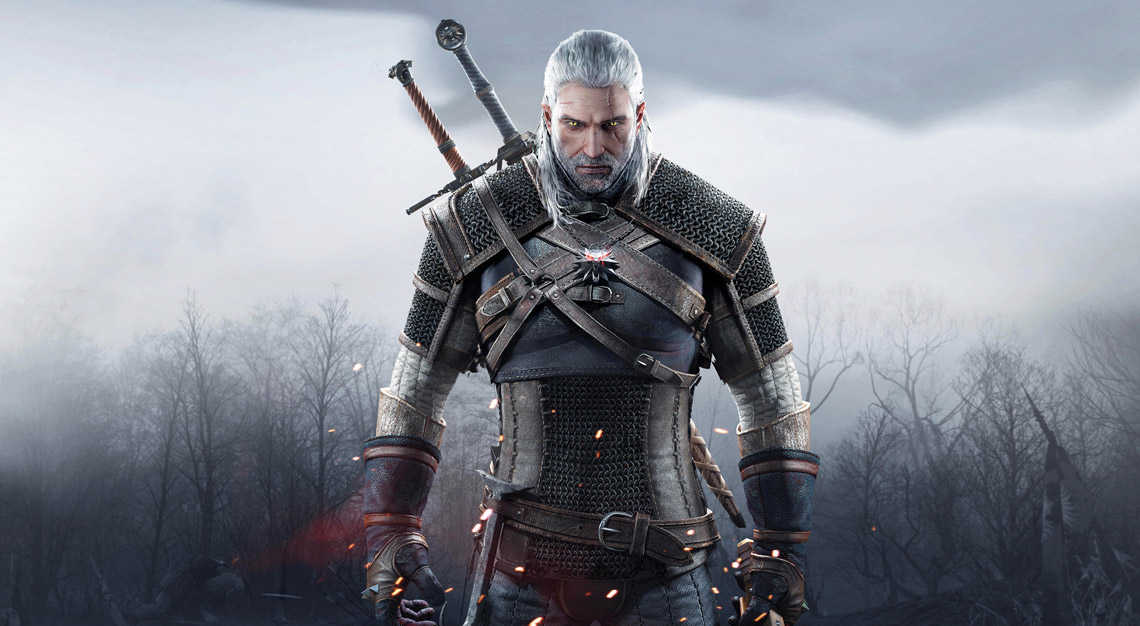
Think of Netflix’s The Witcher – which stars a brooding Henry Cavill in a grey wig and brandishing a silver longsword – a show based on and spun off the massively popular video game and novel series of the same name, and a series that Superman himself has played and professed his love for.
Or the Steven Spielberg-backed Ready Player One, which is all about living in a dystopian (but very slick) video game. And who can forget the time when Deadpool – Ryan Reynolds – lent his voice to the furry visage of Detective Pikachu?
Additionally, streamers on Twitch – the YouTube-like platform that allows people to watch streamers play games in real time – have amassed their own cult-like followings that accord them a unique brand of celebrity, something Dillon says was “completely non-existent” just a decade ago. Fortnite pro-player Richard ‘Ninja’ Blevins amassed a peak following of some 14 million users on Twitch; his daily streams attracted an average of 36,000 concurrent viewers – numbers that some brands can only dream of.
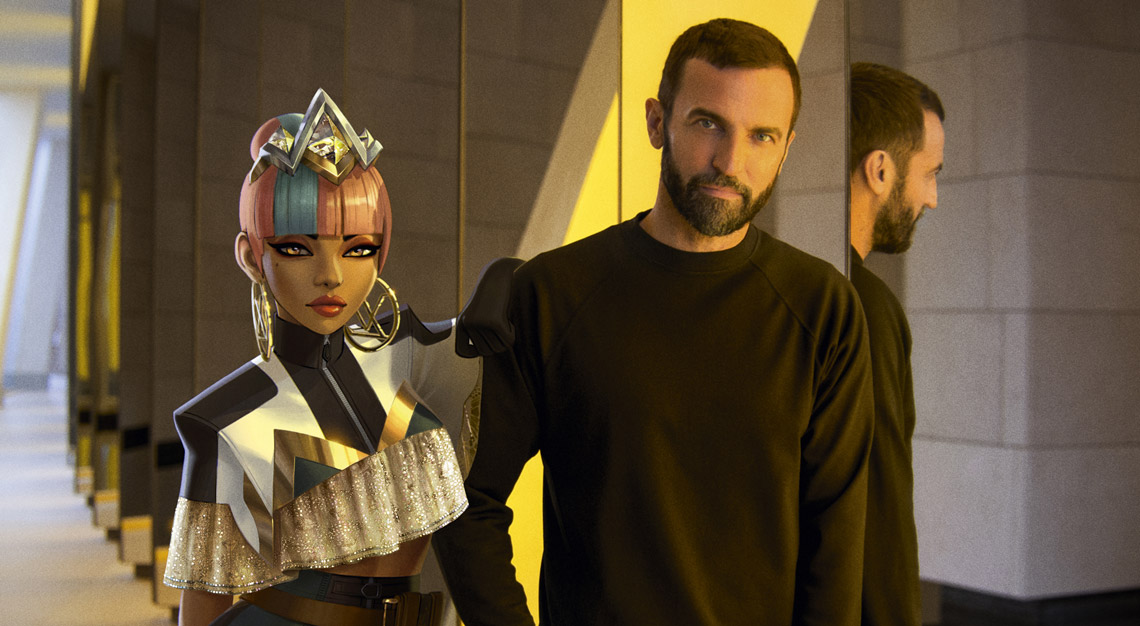
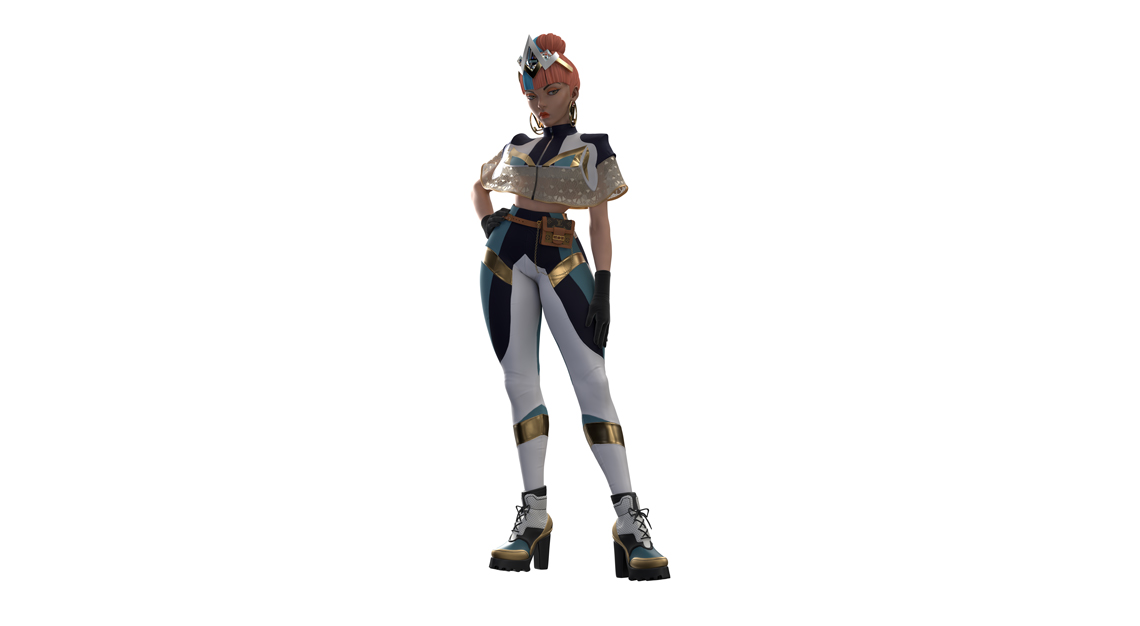
“All this contributed to creating that massive culture of celebrity in gaming,” explains Dillon. “Plus, the average age of gamers nowadays isn’t teenagers, but 30-something,” he says. “I’m in my mid-40s, and I’m a gamer – I’m one of the old ones, of course, but I could very well be one of the people who these luxury brands want to reach out to.”
“These people have reached a level in their professional careers where they have the type of disposable income that allows them, if they wanted to, to purchase these luxury goods.”
As Dillon puts it, video games are not simply a means of entertainment: they have evolved to the point where, in the right hands, they can become marketing machines and a means for ageing brands to update themselves with that bit of millennial-approved zhuzh.
“Games have become so powerful in terms of storytelling,” says Dillon. “They can be used to convey many real-life messages – even political ones. They’re a tool now, as books and movies are.”
This story first appeared in the August issue, which you may purchase as a hard or digital copy
